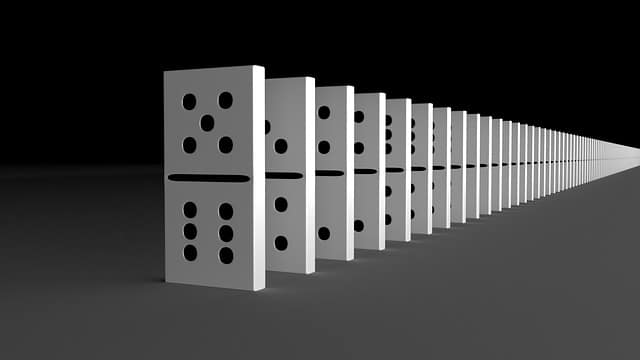
Seriation consists of establishing a series.
Seriation is the process and result of serialization . This verb, for its part, refers to establishing a series .
To understand what serieation is, therefore, we must understand the concept of series. It is a succession or sequence of elements that have some type of relationship with each other.
An elementary mental operation
Seriation is usually defined as an elementary mental operation that develops in childhood and that precedes the understanding of numbers . As a mental process, serialization consists of comparing elements, relating them and ordering them according to their differences . This arrangement constitutes a series.
One of the authors who throughout history has made the most reference to serialization is the Swiss psychologist and constructivist Jean Piaget (1896 – 1980). Specifically, what this did was determine the different stages of human development and the elements, actions or advances that are achieved by the human being in each of them:
-Sensioromotor stage, which goes from birth to 2 years of age.
-Preoperational stage, from 2 to 7 years old.
-Stage of concrete operations, which covers the period between 7 and 12 years. In this, Piaget determined that among the main logical-mathematical operations that the individual can undertake is serialization. This, specifically, allows you, among other things, to be able to carry out what is the organization of all types of objects and elements based on various criteria such as size, color, weight...
-Formal stage, which begins at the age of 12.

Serialization exercises and games prepare a child for the acquisition of mathematical notions.
Serial exercises
It is common for children to be asked to carry out serialization exercises so that, in the future, they can acquire mathematical notions. A common activity consists of giving the child figures of different sizes to put them in order. The little one, therefore, will proceed to serialize the figures, placing them in a series from smallest to largest. These elements, in this way, will maintain a relationship with each other in the series according to size (each one is larger than the previous one and smaller than the later one, with the exception of the first - which has no prior - and the last - which lacks of posterior-).
Seriations can also be done with colors , shapes , functions , etc. In this way, a child can be given dolls of different colors and asked to arrange them in the following way: first the blue ones, then the red ones and finally the green ones. The result of this process will be a serie that obeys the criteria mentioned as instructions .
Classification according to type
In addition to everything stated above, we cannot fail to mention the fact that there are fundamentally two types of serie:
-Frequency serialization, which has to do with what is the set of changes in the proportional frequency of a style or in the abundance.
-Contextual serialization, which is defined as that which is in relation to the duration of the different styles of the artifacts with which one operates.
